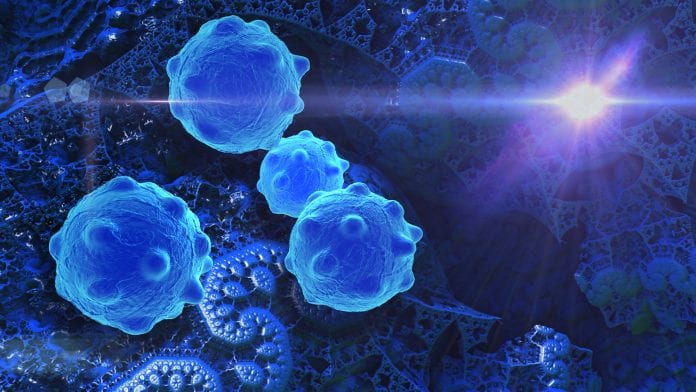
Researchers have developed a phototherapy technology that can help to reduce the pain of chemotherapy as well as increase its effectiveness.
A team of researchers in South Korea, at the Theragnosis Research Center (KU-KIST Graduate School of Converging Science and Technology), have developed a new cancer-targeted phototherapeutic agent that allows for the complete elimination of cancer cells without any side effects.
The method, developed through joint research by Professor Dong-June Ahn of Korea University and Professor Yoon-Sik Lee of Seoul National University, uses just one injection and repeated phototherapy.
Phototherapy technology
Phototherapy is a cancer treatment modality that uses light. The method injects a photosensitizer that destroys cancer cells in response to a laser, which accumulates in only cancerous tissues. It also shoots light to selectively destroy the cancer cells.
When the photosensitizer is injected into the body, it is activated by the body temperature and aggregates into a supramolecular array stored around cancer cells. This new method solves the problems with current photosensitizers with phototherapeutic effects, which are still toxic and have to be injected for every repeat treatment. This was achieved by the team through the use of peptides that selectively target cancer tissues and assemble themselves in a specific order.
Findings from the study
The team used a mouse model with an implanted tumour to inject the agent, which was then stored around the tumour and continuously released for two to four weeks, with no signs of toxicity to healthy tissues or major organs around the tumour.
The team say the cancers were completely eradicated through repeated procedures.
KIST Center Director, Se-hoon Kim, said: “We developed a cancer-targeting peptide phototherapeutic agent that forms a reservoir through supramolecular self-assembly without additional adjuvants when injected in vivo.
“The developed phototherapeutic agent is expected to be useful in future phototherapy as it allows long-term repeated phototherapy without toxicity after only one injection around the cancer until the complete removal of the cancer, and has a simple formulation with a single component.”







